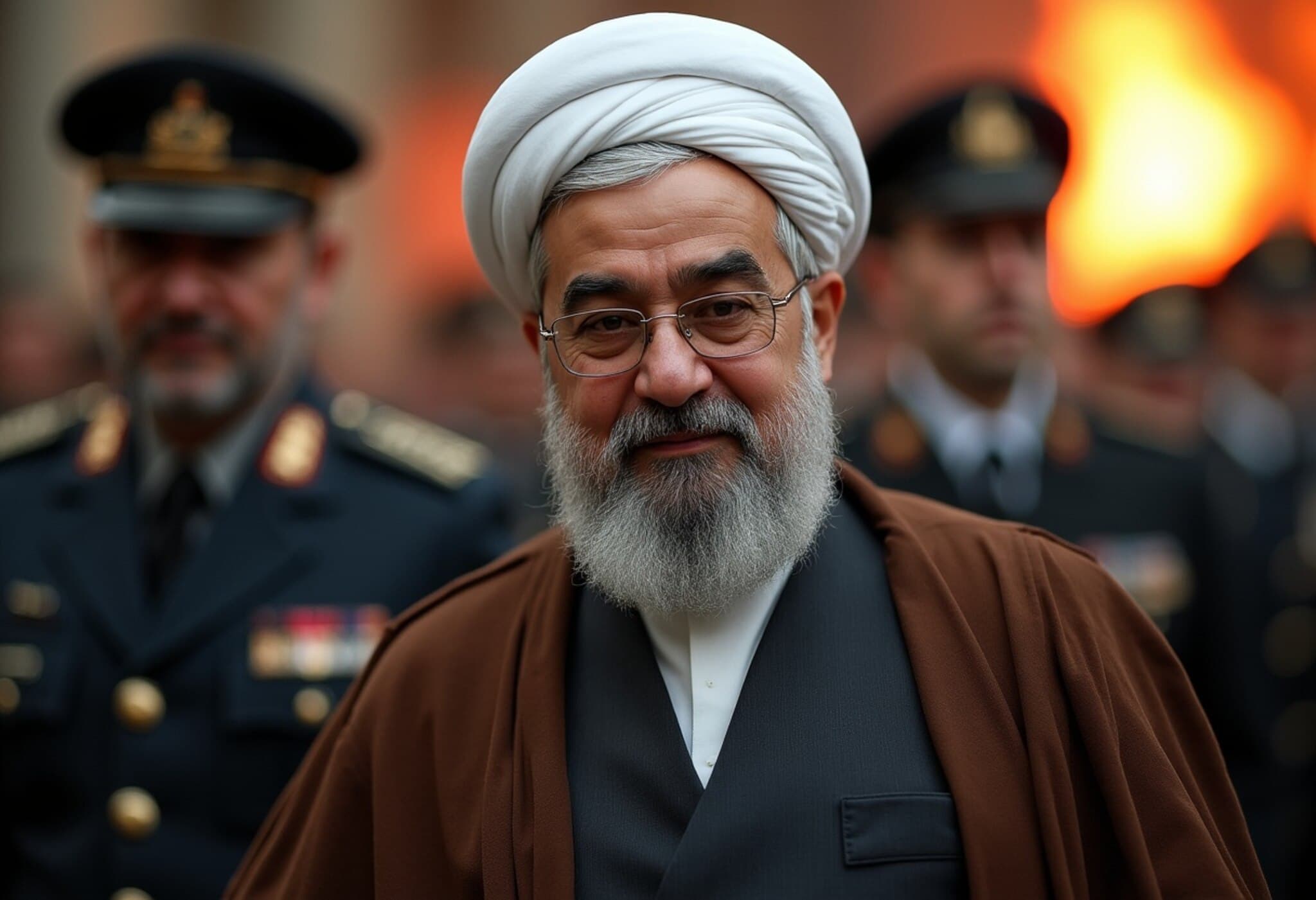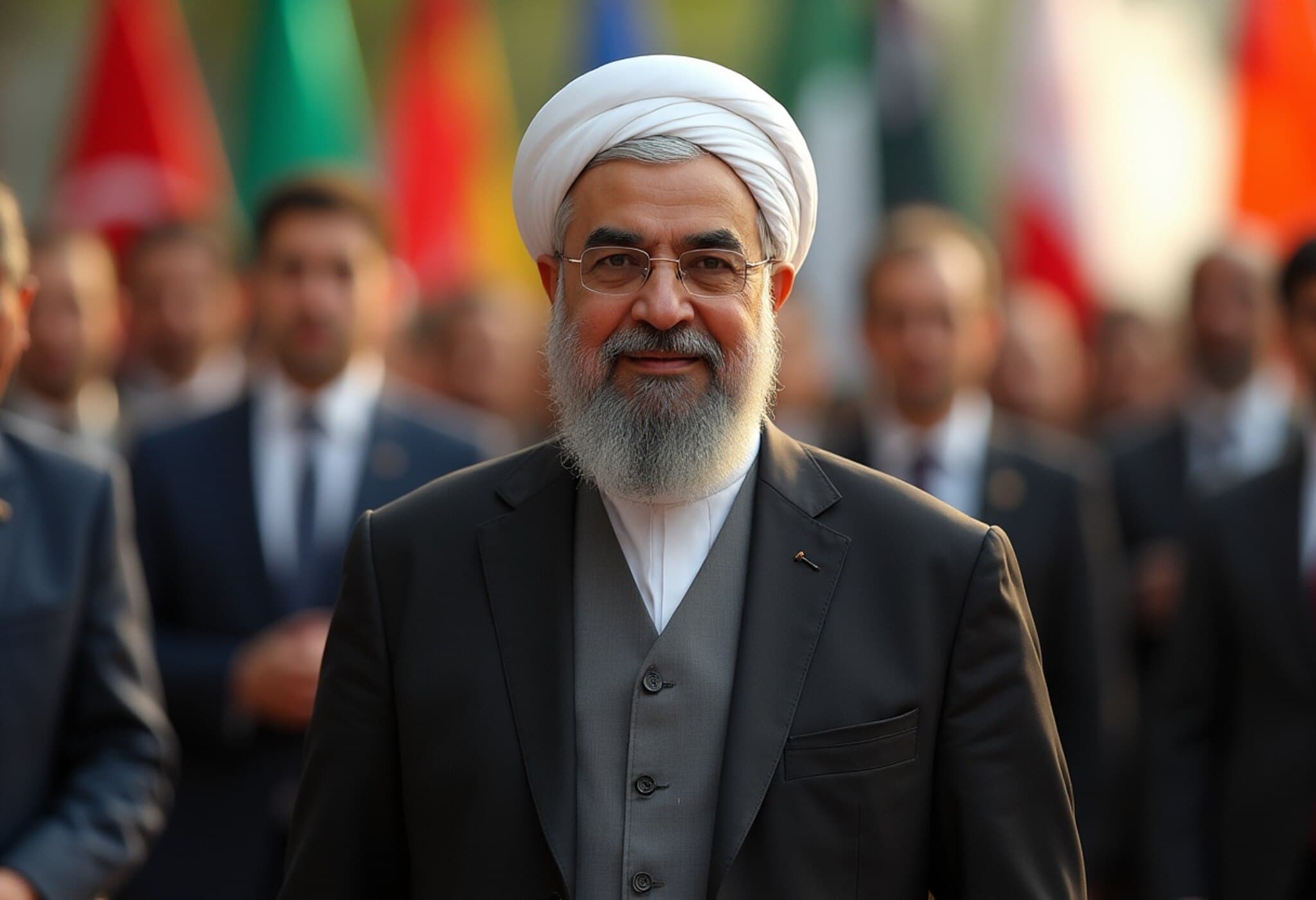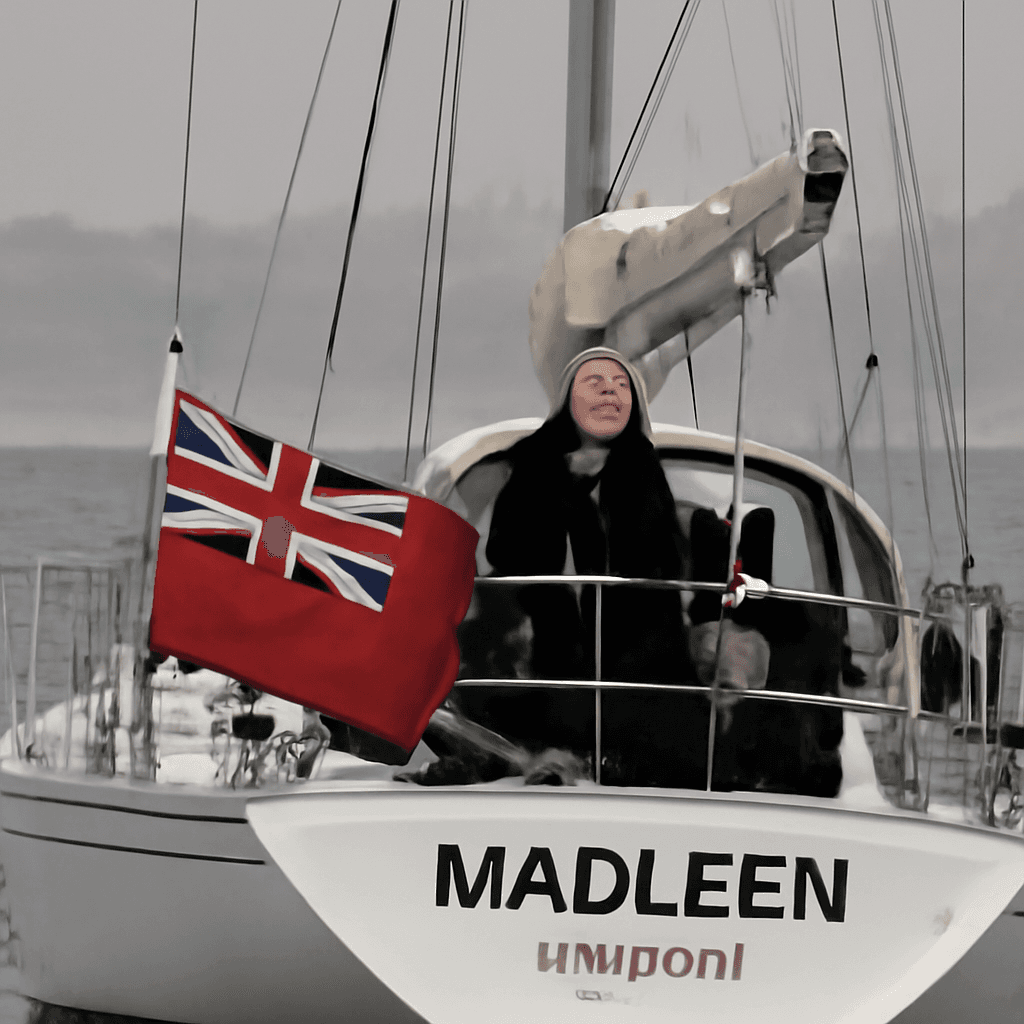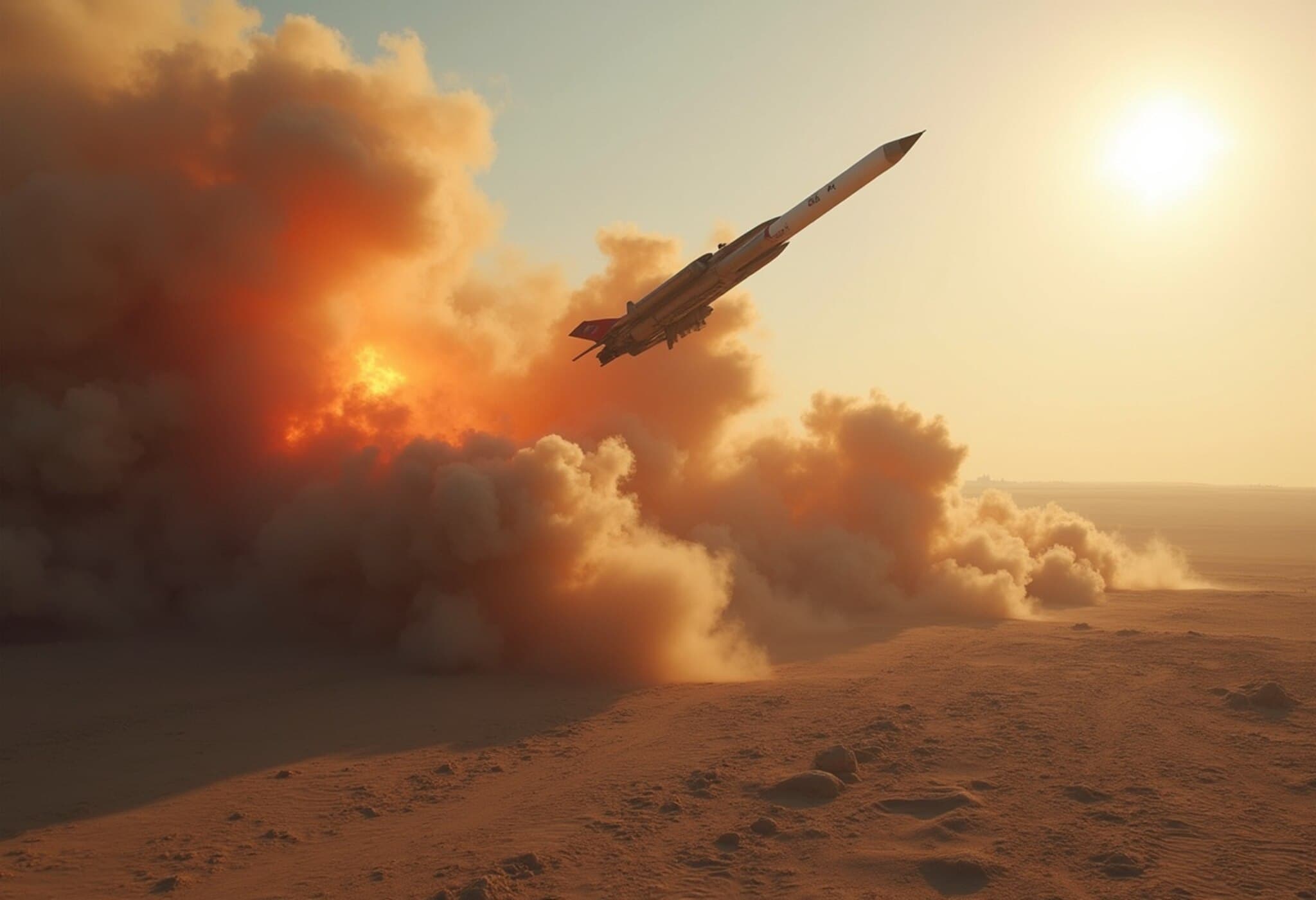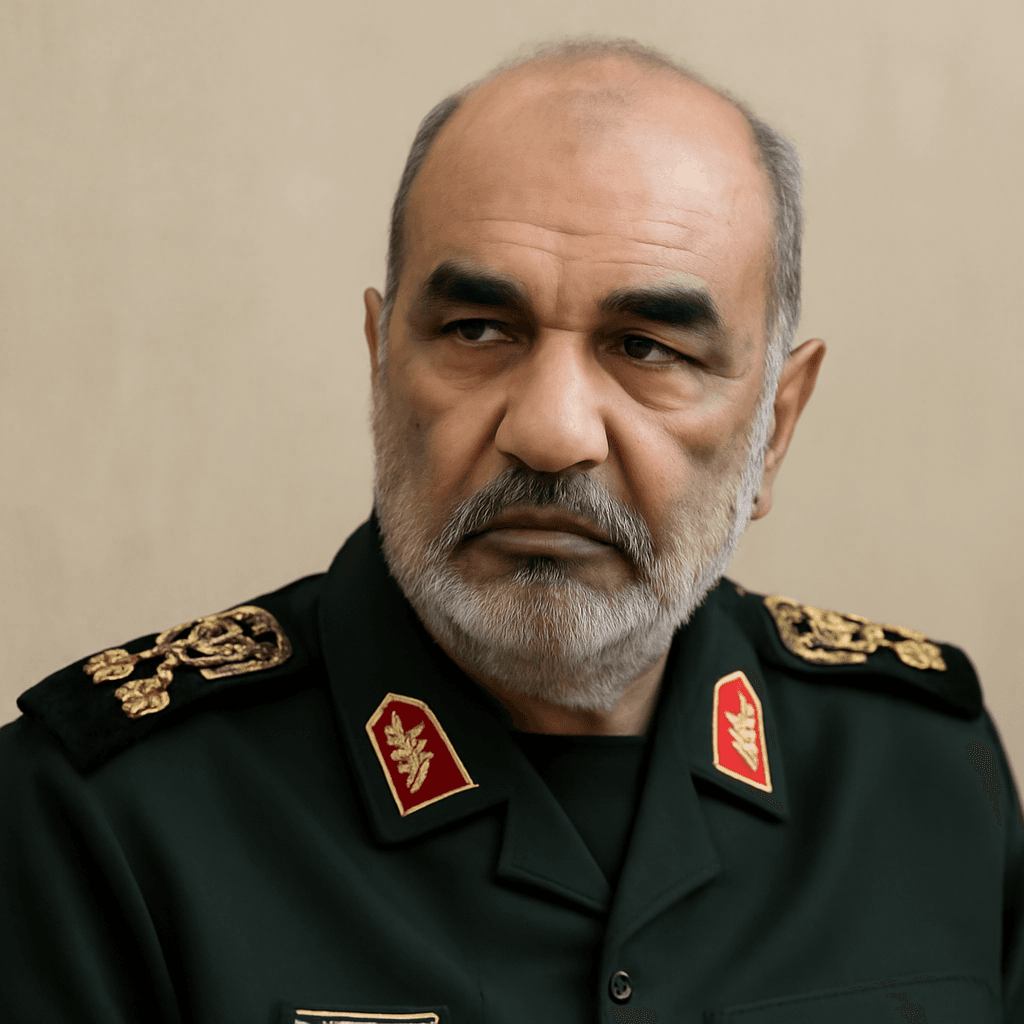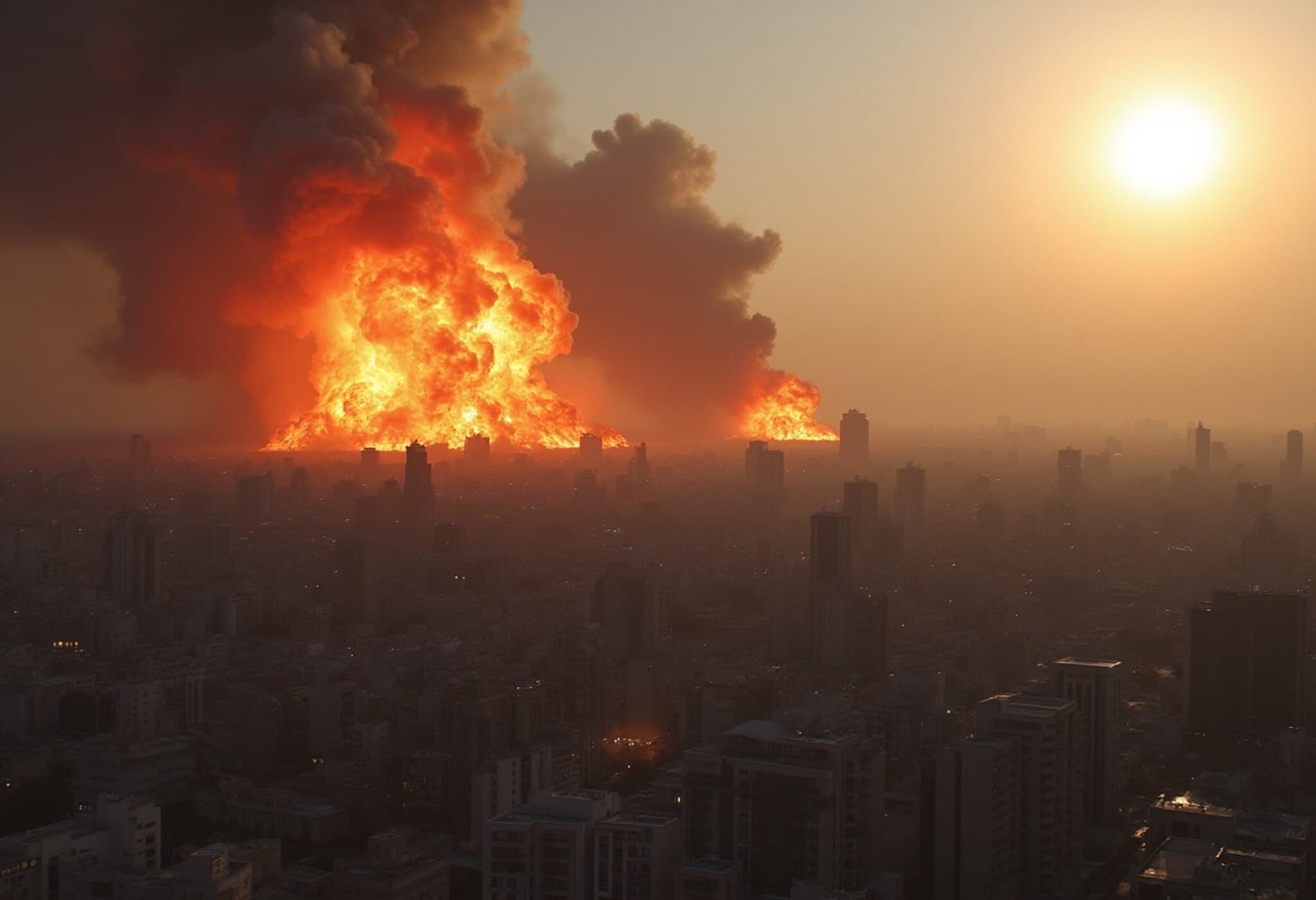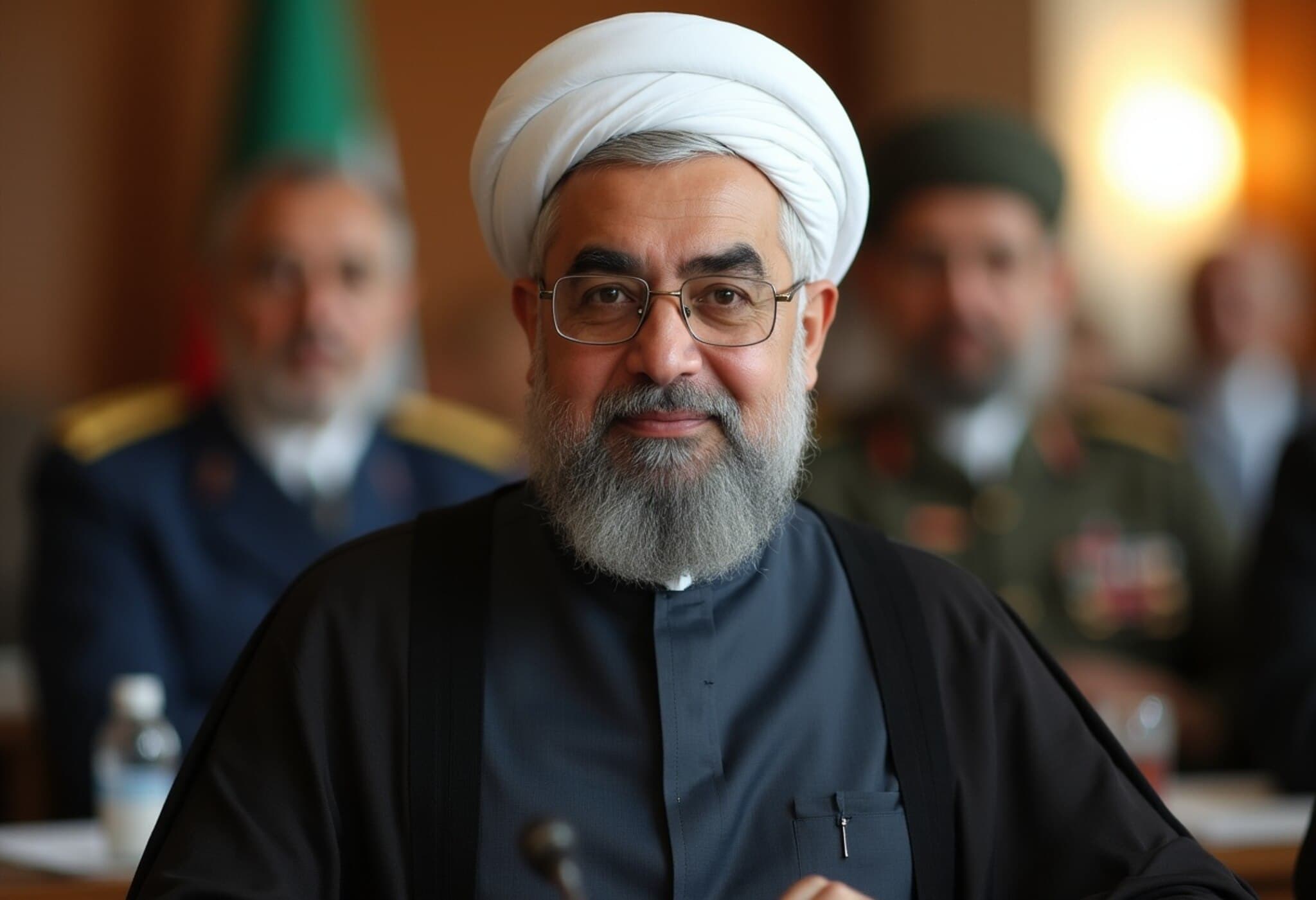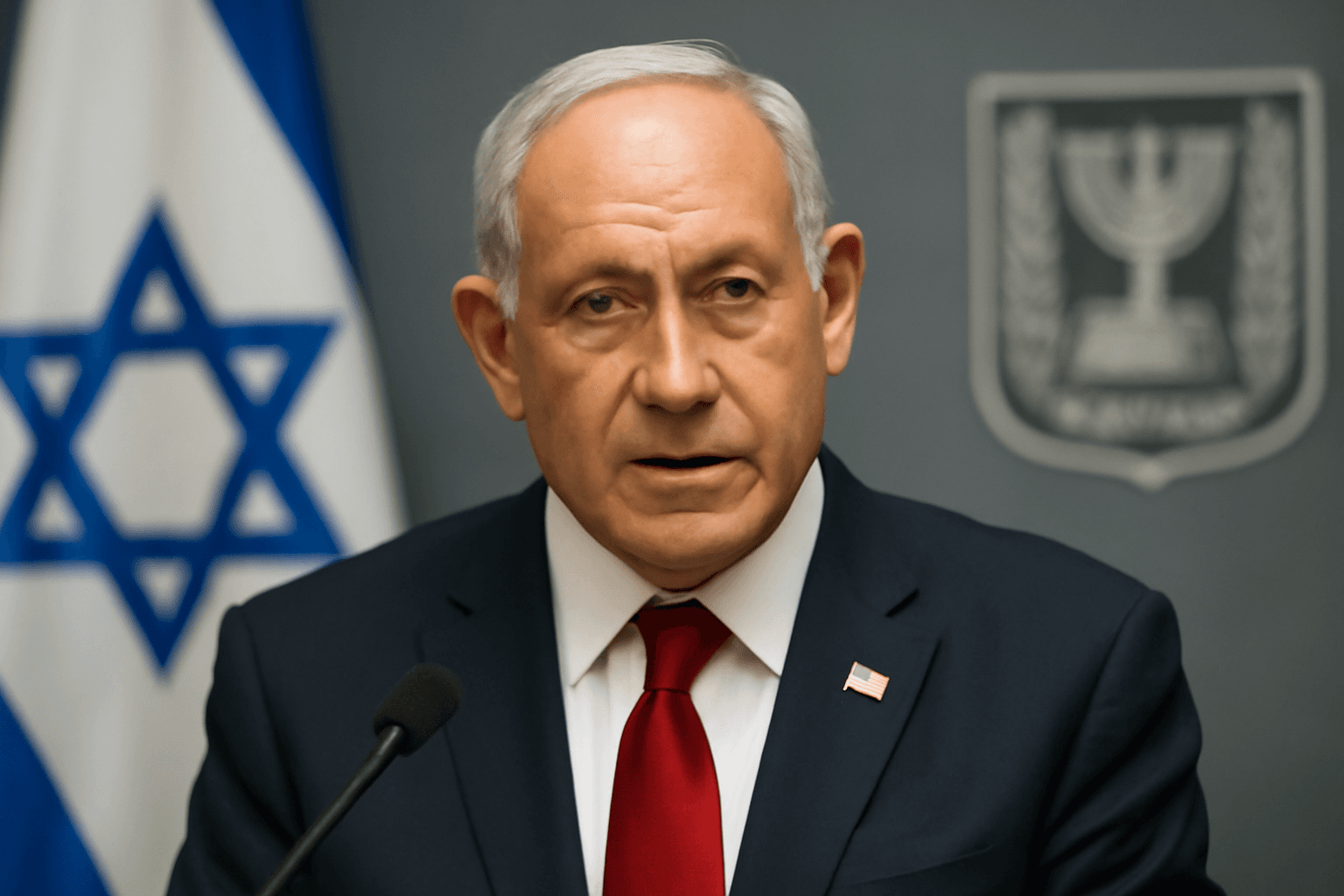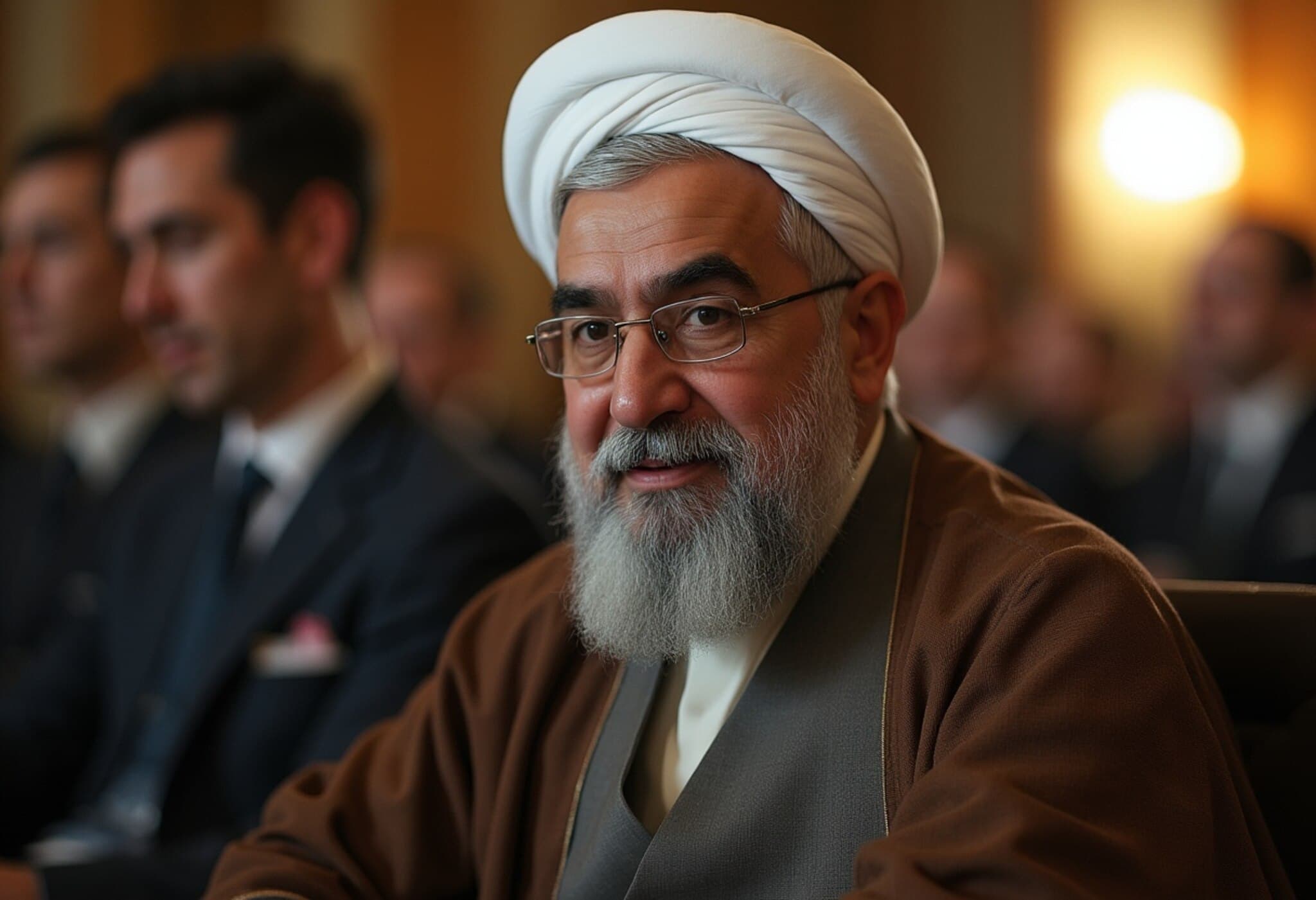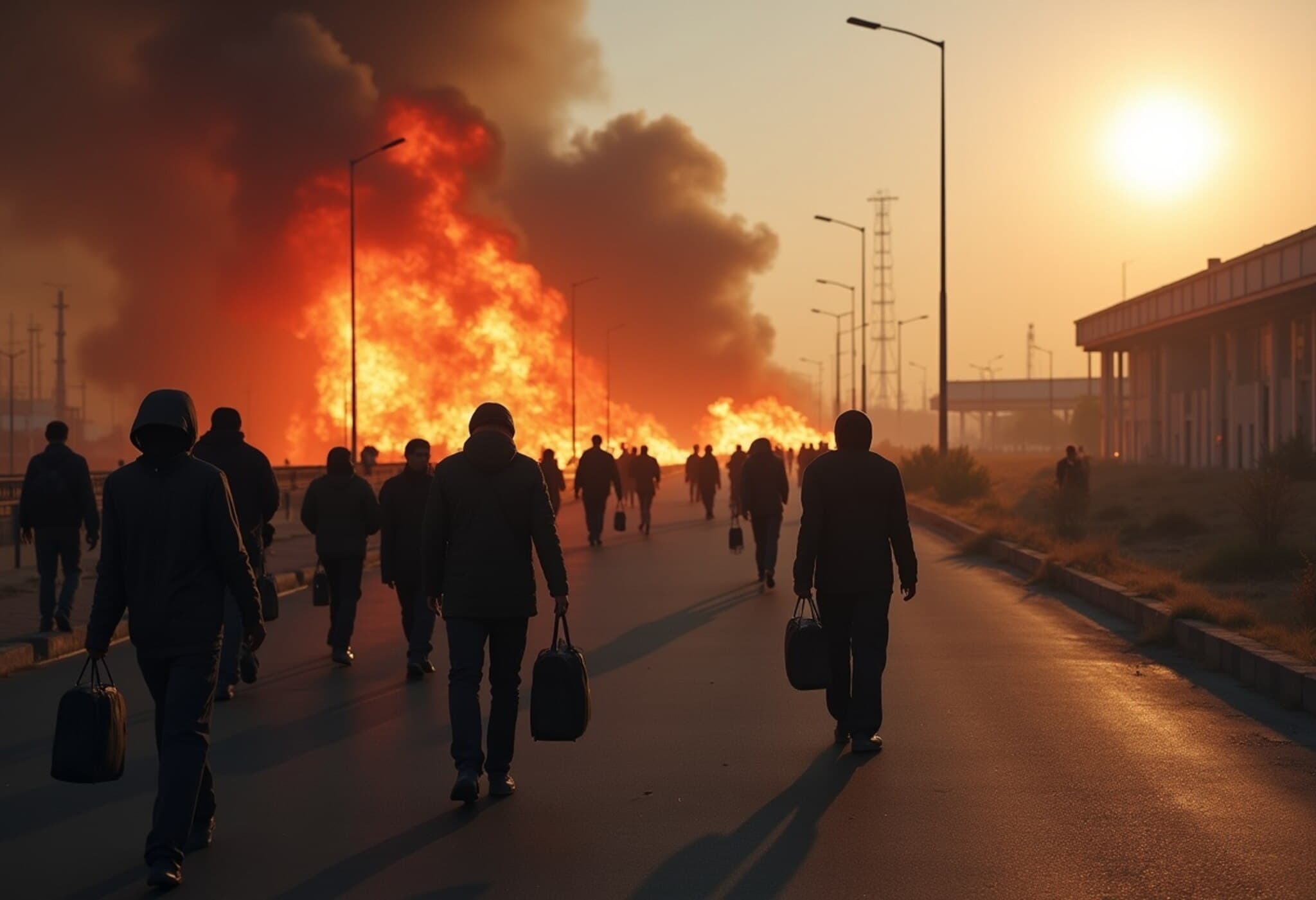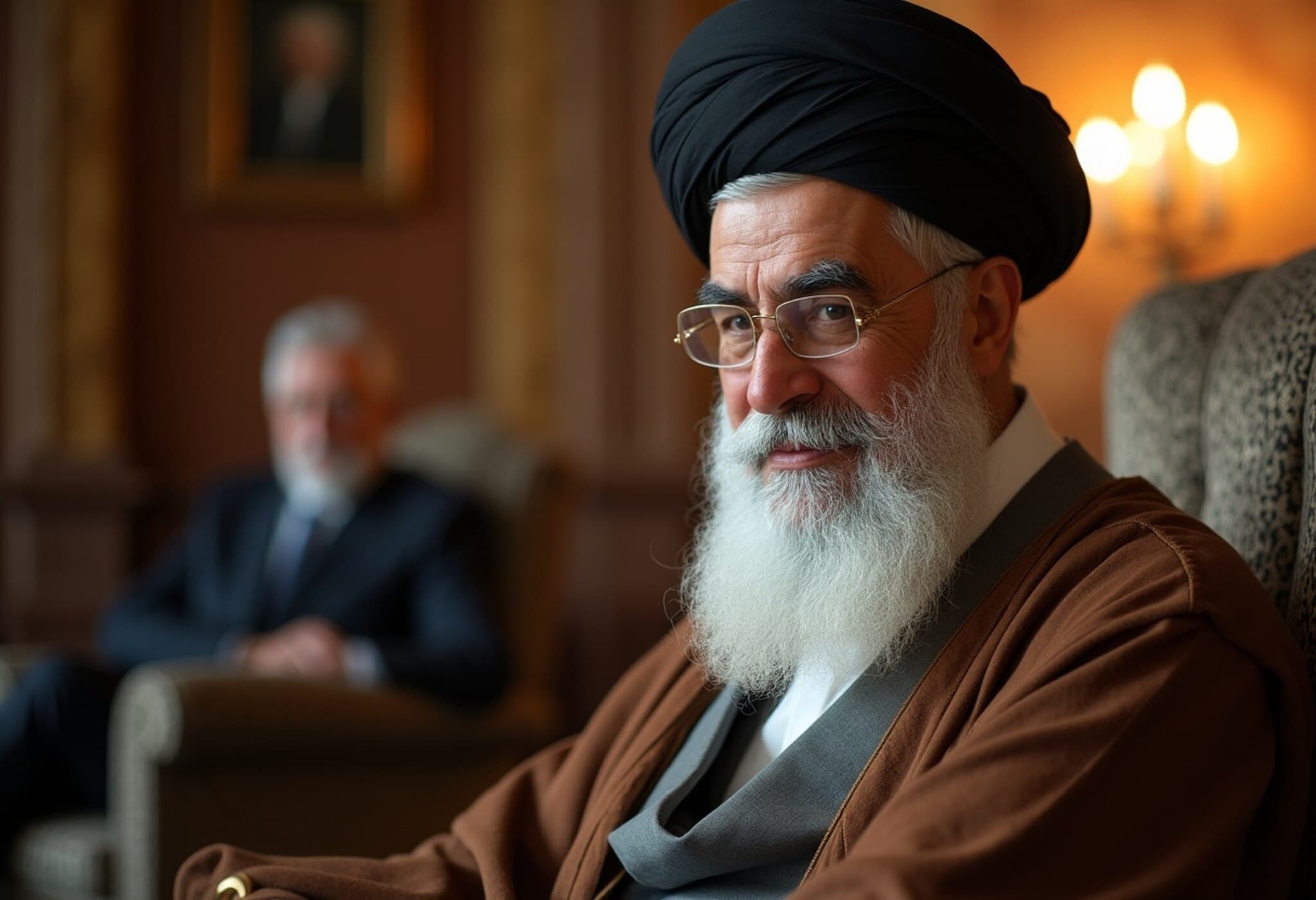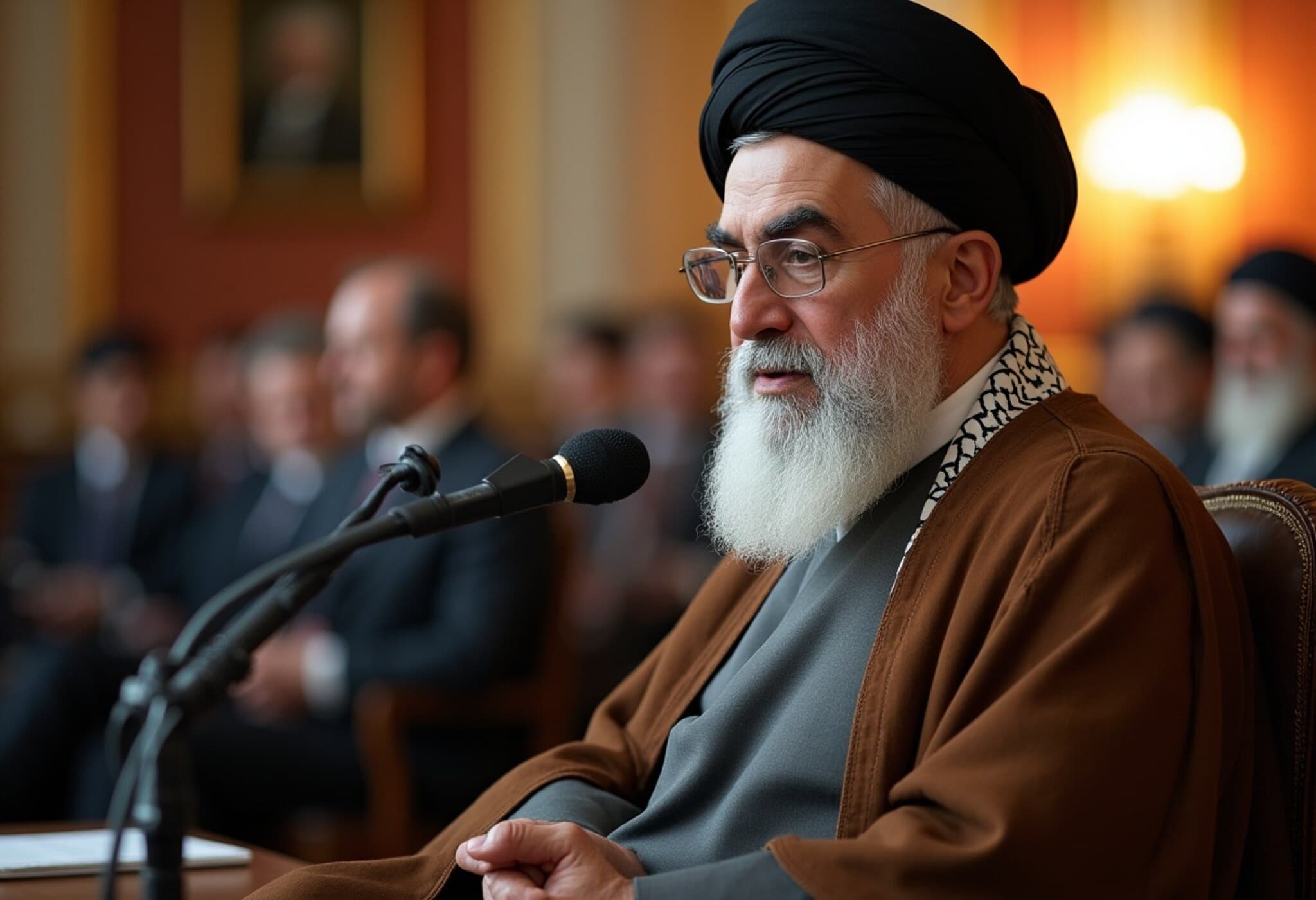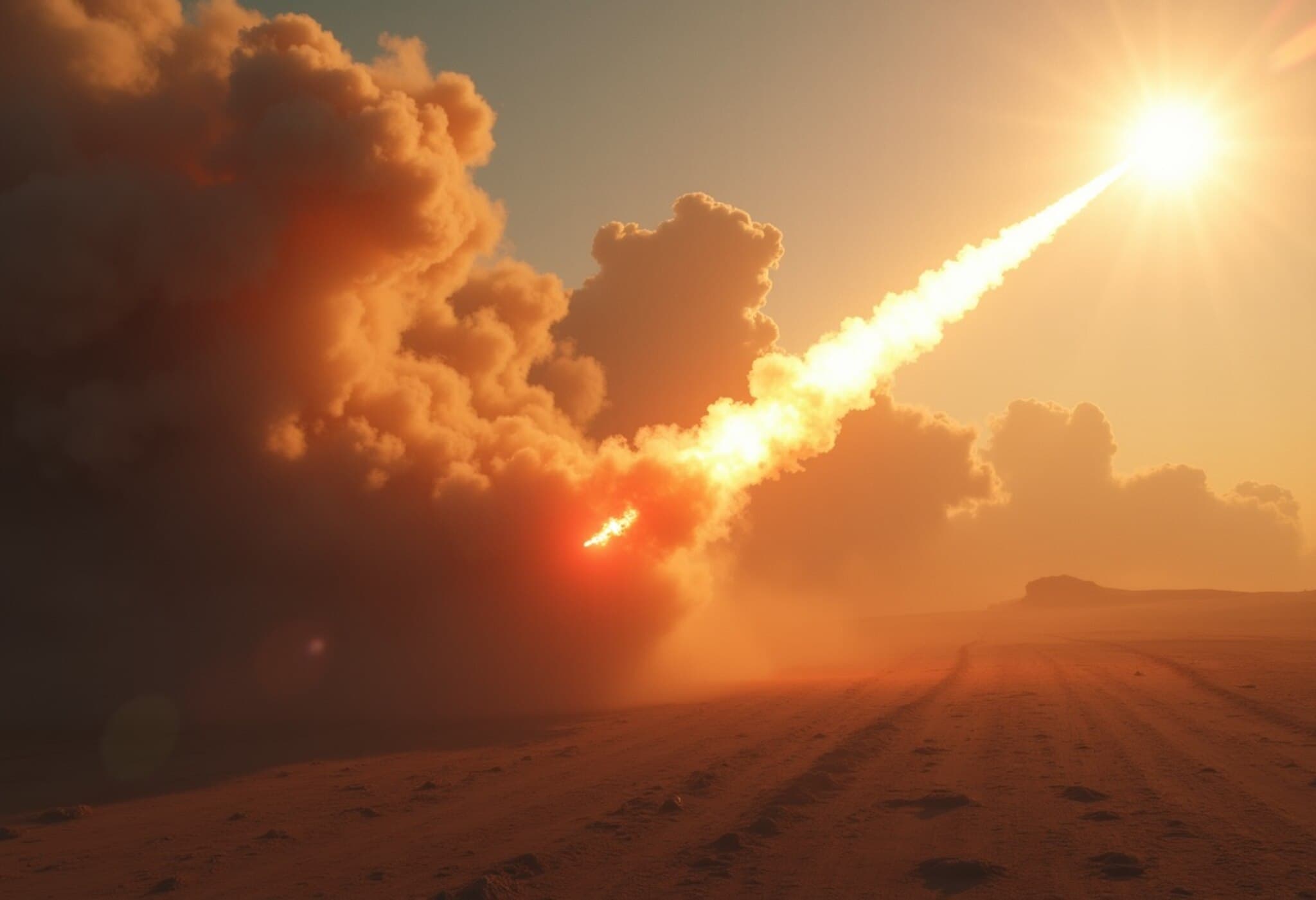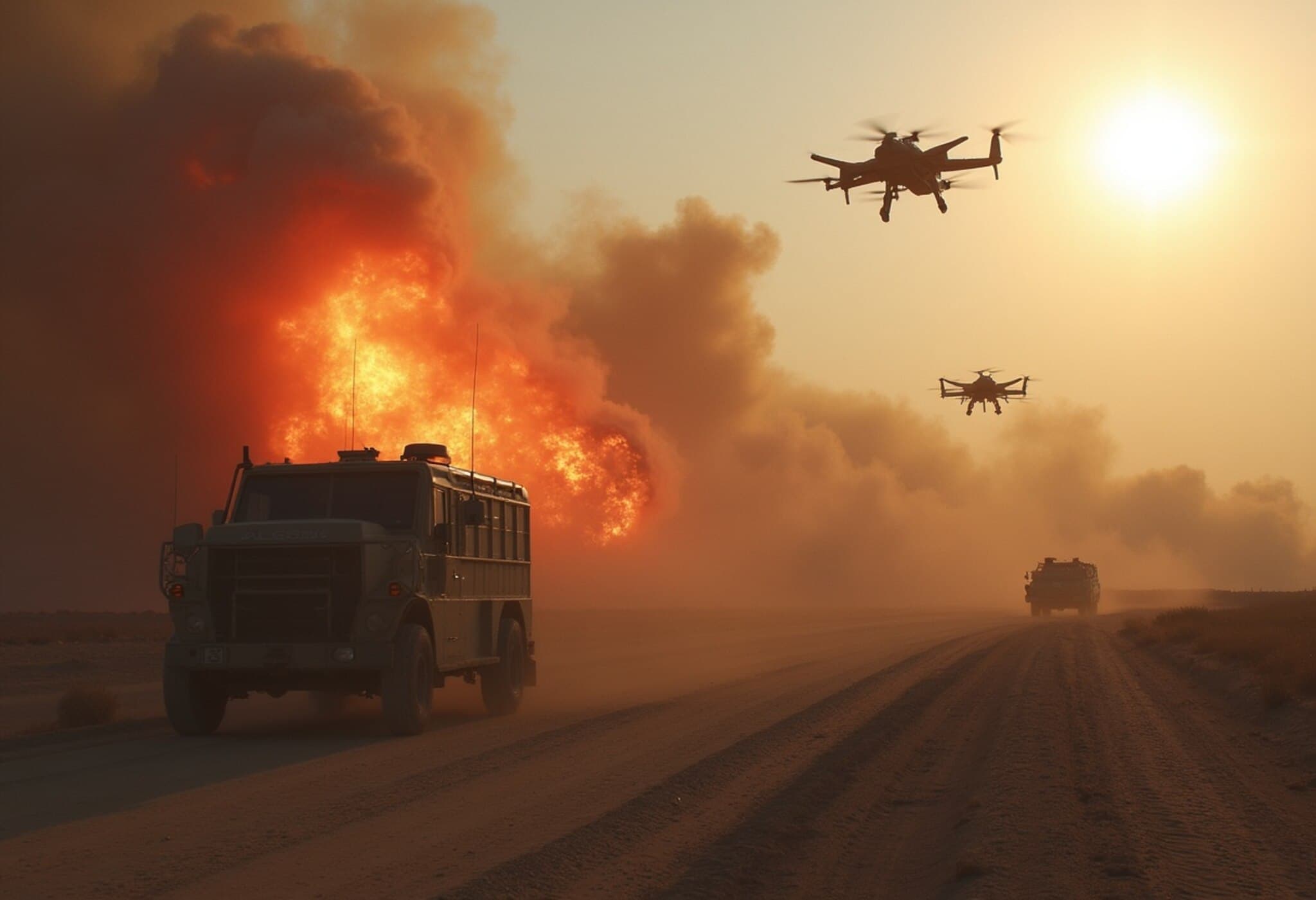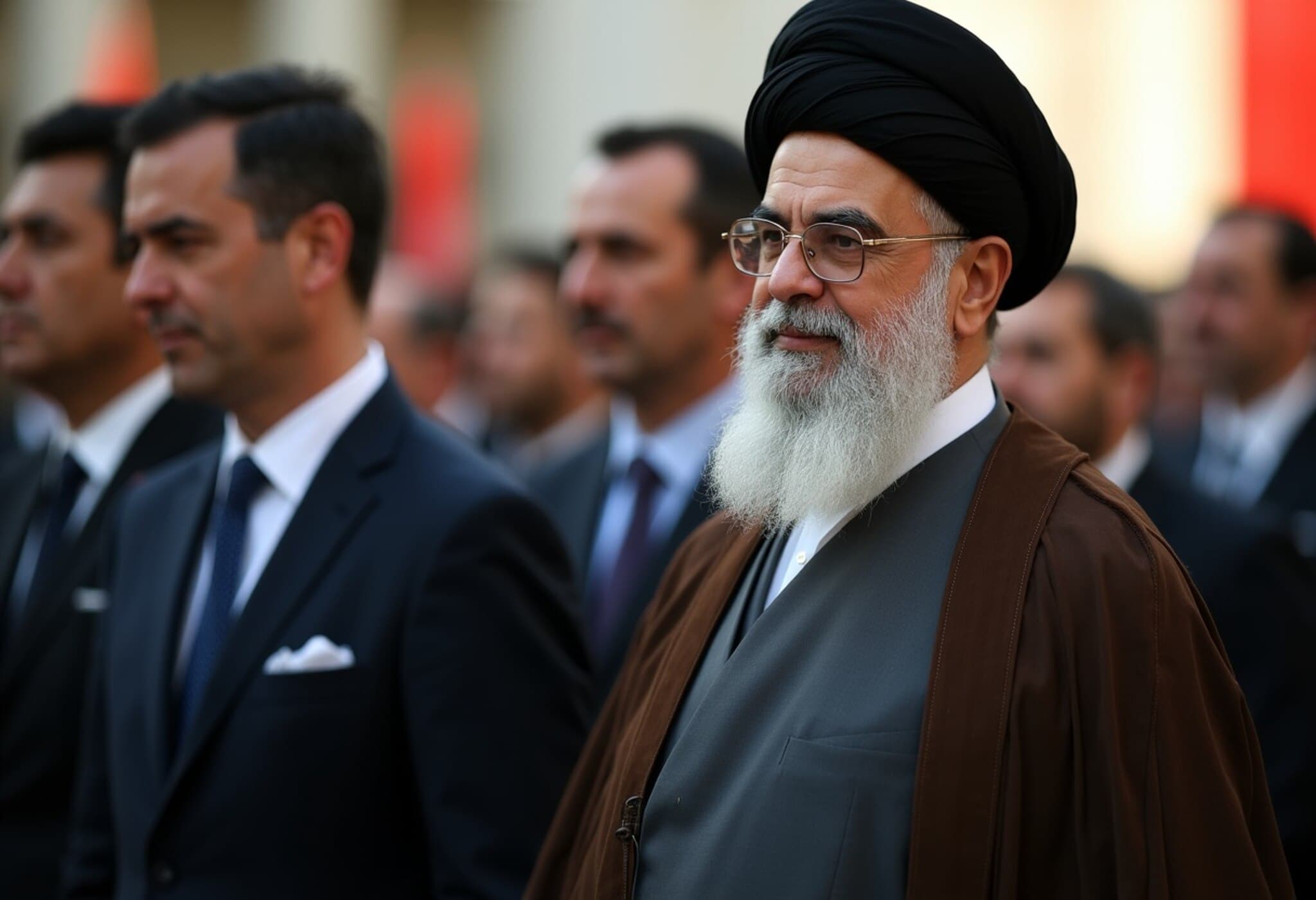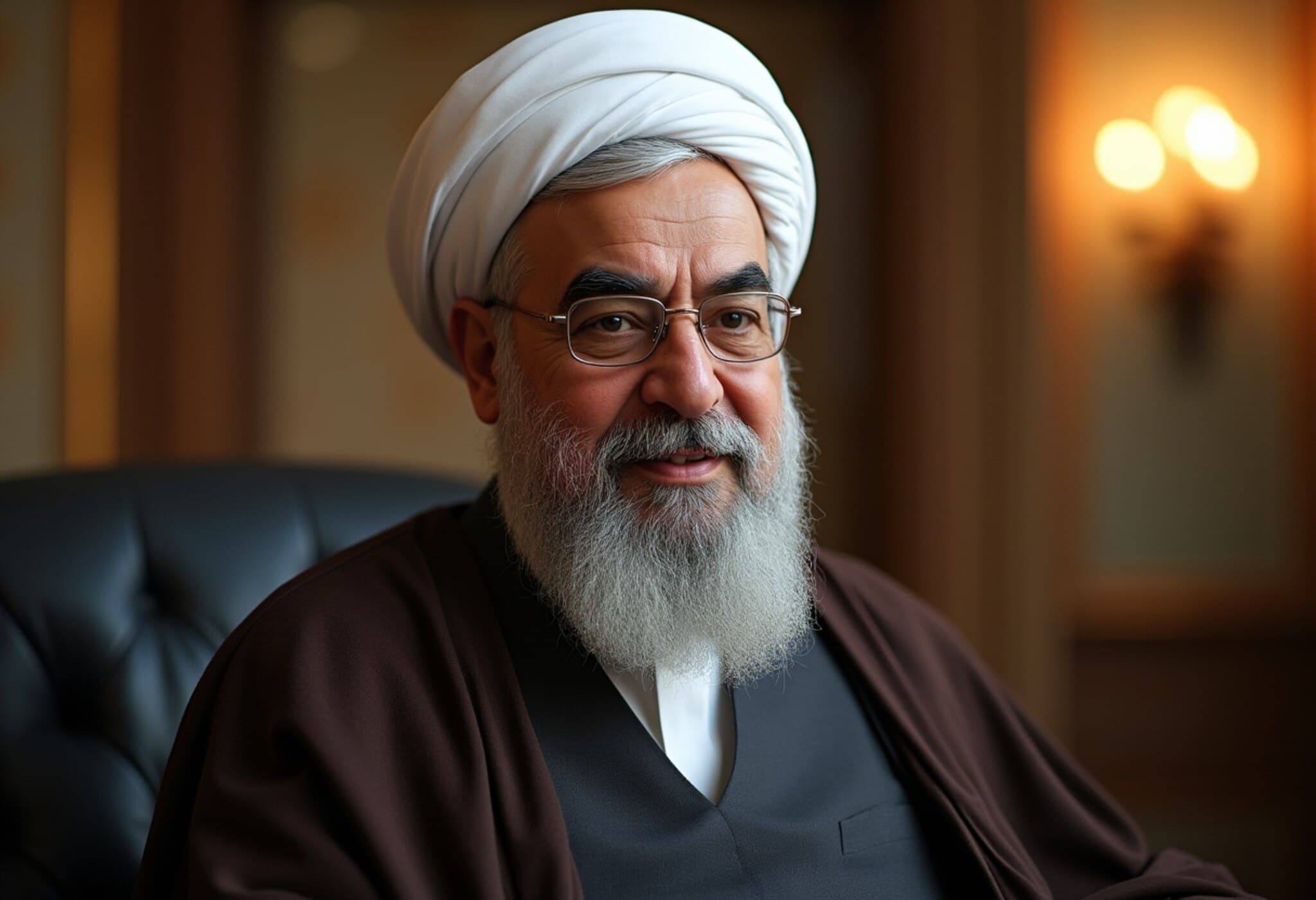Iran Awaits Supreme Leader’s Presence During Tumultuous Times
As tensions escalate in Iran following recent attacks and international pressure, the absence of Supreme Leader Ayatollah Ali Khamenei has sparked widespread concern. Not seen publicly or heard from for nearly a week, Khamenei's silence comes at a pivotal moment for the nation.
Public Worries and Official Responses
On Iranian state television, the unease was palpable when a host openly questioned a government official about the Supreme Leader's condition. Mehdi Fazaeli, head of Khamenei's archives office, refrained from giving direct answers, instead urging the nation to pray and reassuring viewers about the leader’s security. His cautious statements underscored the mystery surrounding Khamenei’s whereabouts amid a backdrop of military confrontations.
Heightened Security Amid Military Escalations
Recent events have included the United States bombing three Iranian nuclear sites, followed by ballistic missile strikes from Iran on a U.S. base in Qatar. Alongside these, a ceasefire between Iran and Israel was brokered and enacted swiftly. Despite the gravity of these developments, Khamenei has maintained an apparent radio silence, with officials suggesting he is sheltering in a bunker and avoiding electronic communication to minimize assassination risks.
Speculation Surrounding Khamenei’s Role and Condition
The leader’s prolonged absence has stirred intense speculation about his health and involvement in key domestic decisions. Political insiders and citizens alike wonder whether Khamenei remains actively supervising state affairs or if health or security factors have curtailed his public engagement.
Political analyst Hamzeh Safavi noted that security forces likely continue to enforce stringent protective measures, including restricting communication. Despite this, he believes the Supreme Leader continues to influence critical decisions remotely, even as other political figures take on more prominent roles.
Power Dynamics Evolving Within Iran’s Leadership
Four senior government officials revealed that in Khamenei’s physical absence, factions within Iran’s political and military leadership are jockeying for influence. A moderate faction, favoring diplomacy and engagement with the U.S., appears to be gaining ground. Key figures include President Masoud Pezeshkian and judiciary head Gholam-Hossein Mohseni-Ejei, both reportedly close to the Supreme Leader.
Nationalist Sentiment and Cultural Responses
In response to Israel’s intense airstrikes—which have reportedly resulted in over 600 casualties—nationalist fervor is surging. Tehran’s National Symphony performed publicly in Azadi Square, symbolically named “freedom,” accompanied by a light show honoring emergency responders. This cultural display reflects the complex emotional landscape as the nation grapples with both loss and resilience.
The Future of Iran’s Nuclear Program
Questions loom over Iran's nuclear ambitions following the damage to its facilities. Officials like Foreign Minister Abbas Araghchi and Atomic Energy Organization head Mohammad Eslami have affirmed Iran’s intent to rebuild its nuclear infrastructure and continue uranium enrichment, signaling defiance amid international pressures.
Looking Ahead: What Khamenei’s Return Could Mean
Experts like Sanam Vakil from a Middle East research institute emphasize the symbolic importance of Khamenei's public appearance during upcoming religious events. Absence by the Shiite Ashura procession in early July would be perceived negatively, amplifying concerns about his health and the stability of Iran’s leadership.
For now, Iran remains in a delicate balance, watching and waiting as its Supreme Leader stays out of the public eye amid one of the most challenging periods in recent history.

